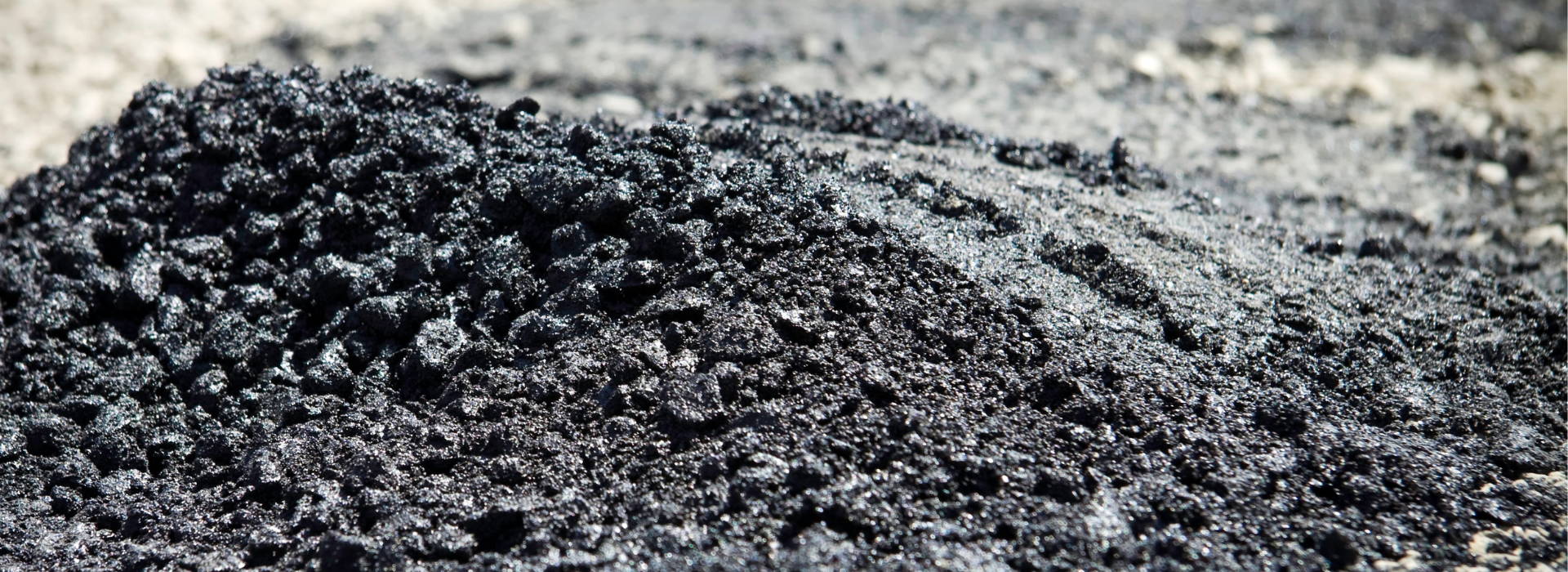No Products in the Cart

The design of asphalt paving mixes has evolved significantly over time, resulting in various methods aimed at improving the performance and durability of pavements. This detailed comparison covers four key asphalt mix design methods: Marshall, Superpave, and Balanced Mix Design (BMD), including the equipment needed for each.
Hot mix asphalt primarily consists of two essential ingredients: asphaltic cement and mineral aggregates. Despite its seemingly simple composition, variations in the properties and ratios of these ingredients, along with adjustments in temperatures, handling, and placement methods, create a range of mix designs. Different points in the pavement structure require specific asphalt mixtures; for example, base mixtures need strength and large aggregate sizes, while surface courses demand durability and skid resistance.
All asphalt mix design methods share common goals: selecting appropriate aggregates to resist deformation, choosing suitable asphalt binders to prevent cracking and rutting, and determining the optimum binder content through trial mixes and laboratory tests. These objectives ensure the pavement meets project specifications and performs well under expected traffic and environmental conditions.
Created by Bruce Marshall in 1939 and adopted by the U.S. Army Corps of Engineers in 1943, the Marshall Mix Design is known for producing strong, long-lasting pavements. The necessary equipment includes:
• Manual or Automatic Drop Hammers: For compacting specimens.
• Load Frames: For stability and flow testing.
• Marshall Compaction Apparatus (ASTM D6926 / AASHTO R 68): Used for preparing specimens.
• Marshall Stability and Flow Testing Equipment (ASTM D6927 / AASHTO T 245): For evaluating stability and flow.
• Indirect Tensile Strength Testing Apparatus: For additional tests like fatigue and creep.
This method involves selecting and blending aggregates to meet size, gradation, angularity, and strength criteria, and choosing binder types based on local experience or Superpave Performance Grading (PG) ratings. Trial mixes are produced with varying binder contents, compacted into molds with drop hammers, and tested for Marshall stability and flow properties. Additional tests include indirect tensile strength, fatigue, creep, density, and void analysis. The optimum binder content is determined by analyzing these properties, ensuring the mix meets the desired performance standards.
Superpave Mix Design, introduced in the mid-1980s through a federally funded program, has revolutionized pavement mix design by incorporating traffic loads and climate considerations. The required equipment includes:
• Superpave Gyratory Compactor (SGC): For specimen preparation using hydraulic kneading pressure.
• Performance Grading (PG) Testing Equipment: For advanced binder tests including viscosity, rheology, and aging.
• Theoretical Maximum Specific Gravity (Rice Test) Equipment (AASHTO T 209): For measuring maximum specific gravity.
• Bulk Specific Gravity Testing Equipment (AASHTO T 166): For measuring bulk specific gravity.
The process starts with examining project requirements, including temperature and climatic conditions, and factoring in pavement loadings expressed as equivalent single axle loads (ESALs). Aggregates and binders are selected for optimal performance, and trial mixes with varying binder contents are prepared. These mixes are compacted using the SGC and tested for theoretical maximum specific gravity, bulk specific gravity, air void content, and voids in mineral aggregates. Advanced tests help predict cracking, rutting, and fatigue properties, refining the mix design for enhanced performance.
The balanced mix design (BMD) emerged to address concerns about the durability and service life of traditional mixes. Developed by the National Center for Asphalt Technology (NCAT) and formalized in AASHTO provisional documents, BMD combines prescriptive and performance-based approaches. The equipment needed includes:
• Disk-Shaped Compact Tension (DCT) Test Apparatus (ASTM D7313): For cracking resistance.
• Illinois Flexibility Index Test (I-FIT) Apparatus (AASHTO T 393): For flexibility assessment.
• Hamburg Wheel Tracking Tester (HWTT) (AASHTO T 324): For rutting and moisture damage.
• Indirect Tensile Asphalt Cracking Test (IDEAL-CT) Apparatus (ASTM D8225): For tensile strength evaluation.
BMD uses laboratory tests to predict pavement performance and optimize mixes for local conditions. Performance tests include DCT, I-FIT, HWTT, and others. These tests evaluate mix suitability for specific applications, providing realistic, fact-based predictions of pavement durability and crack resistance. The final job-mix formula (JMF) is based on the successful completion of these tests, ensuring the mix performs well under expected traffic loads and climatic conditions.
Each mix design method—Hveem, Marshall, Superpave, and BMD—offers unique advantages for creating durable, long-lasting pavements. The choice of method depends on specific project requirements, including traffic loads and climate conditions. By selecting the appropriate method and optimizing the mix design, engineers can ensure that the asphalt pavement will meet the necessary performance standards and provide reliable service throughout its lifecycle.
Give us a call or drop by anytime, we will answer all enquiries within 24 hours on business days. We will be happy to answer your questions.
We would love to hear from you! Our team is always here to help.
+1 866 300 9012
contact@measur.ca
Vancouver, British Columbia
Calgary, Alberta
Mississauga, Ontario
Montreal, Quebec